Jewish history caught in independence tug-of-war
Posted on January 11, 2018

Published for Jewish Renaissance Journal
After a 400-year vacuum, Judaism has reappeared on the Iberian Peninsula in unexpected ways. Spanish institutions have proudly united medieval Sephardi identity with a modern Spanish identity. Meanwhile, Catalan institutions recently asserted that their medieval Jewish communities had a separate Catalan identity.
In the 1990s the Spanish government revived an interest in Sephardi history and formed La Red de Juderias, a multi-million-euro Jewish tourism network. Spain’s Jewish archaeological sites were renovated and archives digitised to rediscover this unknown legacy. ‘Spanish’ and ‘Sephardi’ became interchangeable terms in the Red’s publications.
The pluralism of the medieval La Convivencia – an era of intellectual symbiosis between Muslims, Jews and Christians – was reimagined as being the foundation of Spain’s current progressive identity. The act of connecting modern Spain with the past was a precursor to the 2015 Law of Return for Sephardi Jews. The introduction of the law can be seen as an attempt to diversify Spain’s national image.
But which Spain? Medieval Spain was built by Jews, Muslims and Christians who coexisted under La Convivencia. The Catholic, Castilian Spain that followed, whose foundations support today’s nation, has little to do with this history. The Law of Return requires proof of the applicant’s ‘special connection’ to Spain through a Spanish language and culture test. Most Right of Return laws, such as those of Germany or Poland, do not require this.
Alfons Aragoneses, head of law at Barcelona’s Pompeu Fabra University, questions the historical accuracy of Spain’s identification with Sephardi Jews: “Spain did not exist before 1492, but the law supposes that the Sephardim were conscious of belonging to Spain and that they were always nostalgic for Spain. Spain did not exist until the 19th century!” At least, the Spain that formed after the 1492 union of the Castilian and Aragonese Crown did not exist when the Sephardim lived on the Peninsula.
Catalonia too has been weaving nationalistic threads into its Jewish past. Tessa Calders, the daughter of the renowned Republican exile Pere Calders, has been calling for the current interpretation of Jewish medieval history to be revised and the adapted version to be recognised in any representation of Jewish history. “The Jews were kicked out of Spain and lost memory of their Catalan identity. Now Spain has reinvented their past,” says Calders, who is a lecturer in Hebrew at the University of Barcelona. She believes the Jews living in northern Spain before the expulsion were not Sephardi but were Catalonian.
This pro-Catalan understanding of history has been embraced by Catalonia’s regional governments: in 2016, five municipalities split from the Red de Juderias to create a new tourism network, the Xarxa de Calls. Jusep Boya is the head of Museums for Catalonia and the manager of this new organisation. In his office off Barcelona’s Las Ramblas, he envisaged the new network as a vehicle for Catalonia’s reconnection with its Jewish history. “We cannot comprehend Catalonia without the Jewish culture which is attached to the very soul of Catalonia,” he said.
Pancracio Celdrán, a former professor of medieval history at Haifa University, disputes that there was a conscious 15th-century Catalan identity. “These medieval ‘Catalan Jewries’ were really the Jews of the Kingdom of Aragon, not of Catalonia.” Others say that Catalonian nationhood only developed in the 19th century.
With only 40,000 Jews in Spain today, the groups who should have a platform to challenge these revisions of history have no representational power. Most of those involved in the departments for Jewish tourism in both governments are not Jewish and have little specialisation in the history of Jews living in Spain. The situation needs addressing: Spain was ranked the third most antisemitic country in Europe in a 2014 survey. Instead of politicising Sephardi identity for their own narratives, isn’t it time for both sides to let the Sephardim delineate their own ancestral past?
The Fists of Brexit
Posted on July 4, 2016

.
.
‘It really annoys me when people intellectualise this and start talking about figures and polls..when we tell you racism isn’t an academic thing its a lived experience..why are we not listening to the visible minorities in this country, Polish people are being attacked, they’ve said so so I can not see why people are denying it’
– Comedian Ava Vidal on Channel 4 news
‘In its purest form, a newspaper consists of a collection of facts which, in controlled circumstances, can actively improve knowledge. Unfortunately, facts are expensive, so to save costs and drive up sales, unscrupulous dealers often “cut” the basic contents with cheaper material, such as wild opinion, bullshit, empty hysteria’
– Charlie Brooker for the Guardian
‘migrants have been weaponised to stoke fear and get out the vote for the leave campaign’
– Akwugo Emejulu, Senior Lecturer at the University of Edinburgh
.
.
A faith in the images painted by Leave campaigners lead to the championing of faulty statistics, silencing the reality they worked to stifle. The pressures on the public sector were placed on the shoulders of immigrants, allowing the impacts of the Conservatives’ austerity cuts to hide behind misrepresented figures. Murdoch’s Sun failed to mention what Britain gains in return for its ‘350m’ weekly EU fee. The false promise to redirect this fee into the NHS circulated around Britain faster than Farages’ UKIP campaign bus could. The picture of Britain forged by the Leave campaigners was erected through the muting of the points of view that the movement worked to attack.
To move through shock at the vote to Leave and accept that Britain’s identity is inseparable from its racist, homophobic and xenophobic past is to address the challenges of the present. Within national crisis it is people of colour, the LGBTQ and migrant community that suffer the most. The rapid succession of headlines deflect from the testimonies of those who have suffered attacks. Attention is easily tethered to the broader political spectrum. Leadership resignations, the revelation of lies, the fluctuation of the economic market distract from the need to openly condemn and show solidarity against the rise of fascist sentiments in real time. The ‘Go Home’ message scrawled on the Polish Social and Cultural Association and the petrol bomb destroying the Kashmir Meat and Poultry in Walsall happened within 3 days of one another.
The momentum of the Leave vote was fuelled by a black and white monologue – headlines clenching fists and providing the rhetorical ammunition for racist attacks. Marches, protests, conversations, questions and as Ava Vidal stresses, listening, will form a voice to counter the shouts of Britain’s rising fascists.
..
.
.March for Europe 2/7/’16
Parliament Square
.
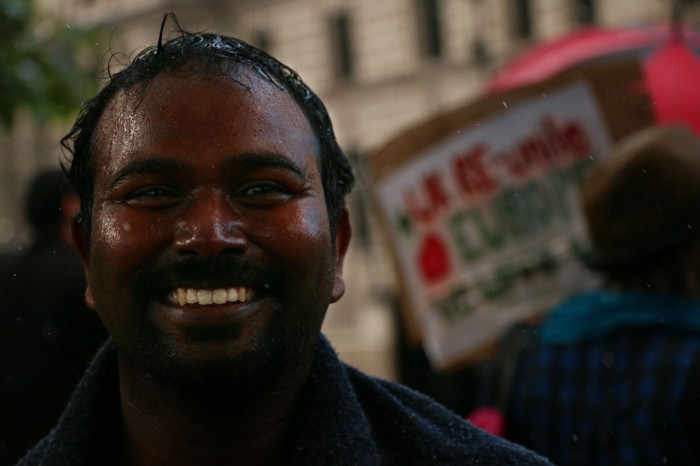 .
.
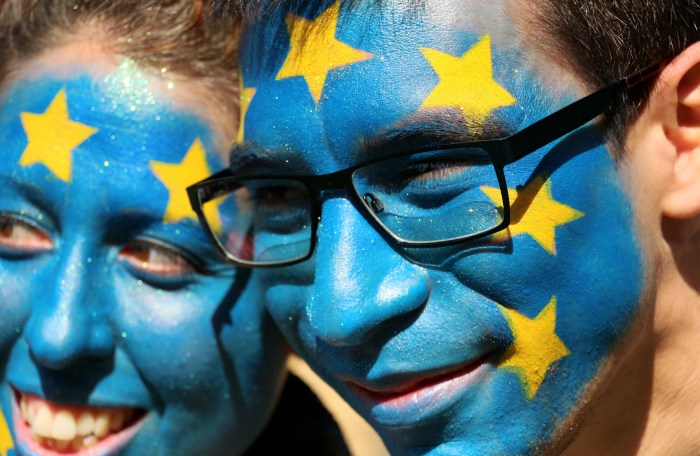
.
.
.
.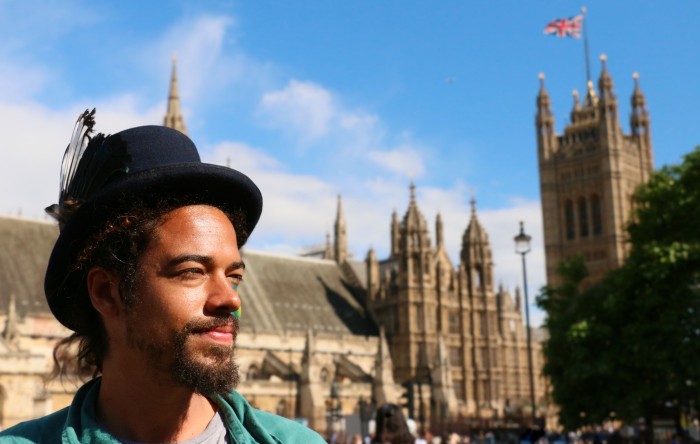
.
.
.
.
... .
.
.
.
.
.
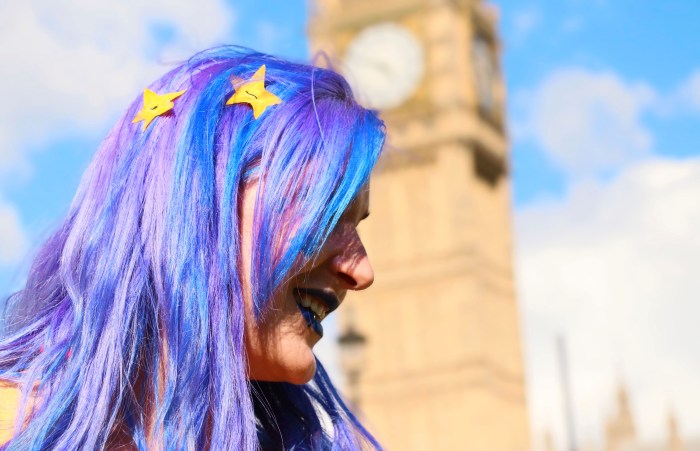 .
.
.
.
.
..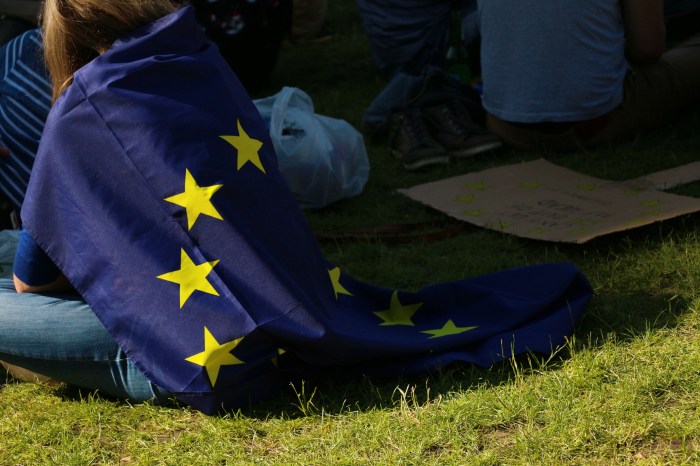 .
.
.
.
.
.
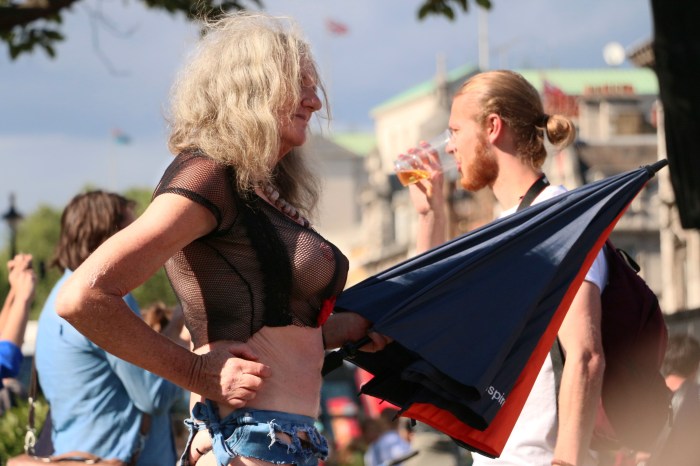 .
.
.
.
.
.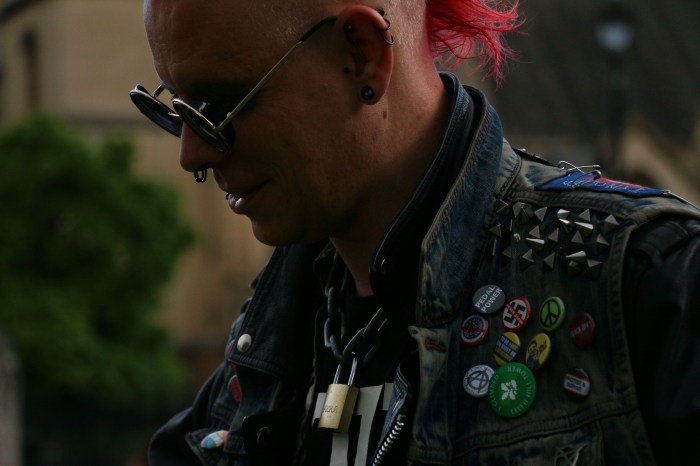 .
.
.
.
.
.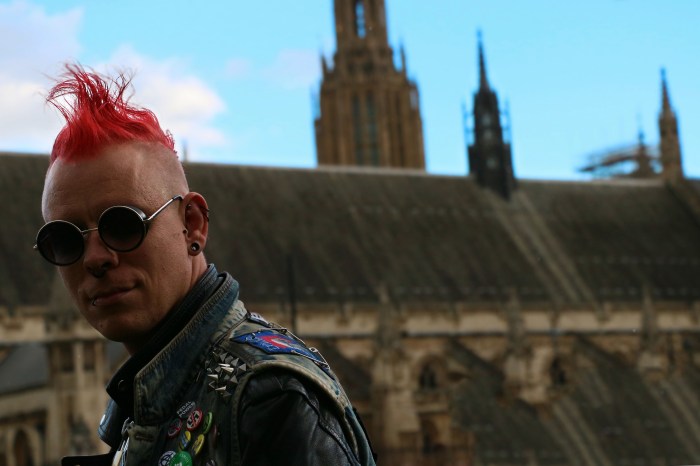 .
.
.
.
.
.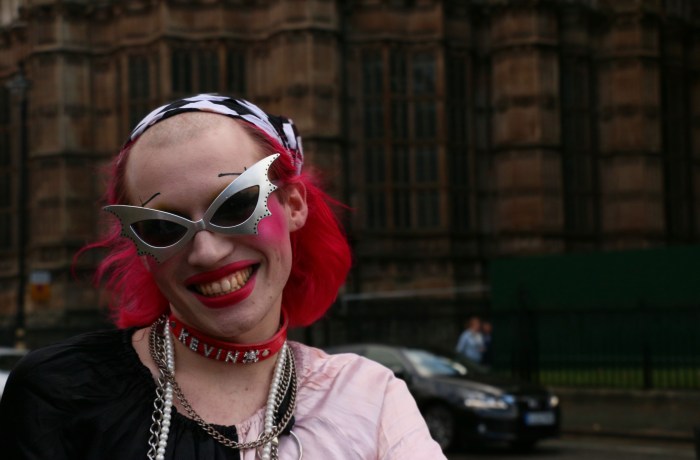 .
.
.
.
.
. .
.
.
.
.
.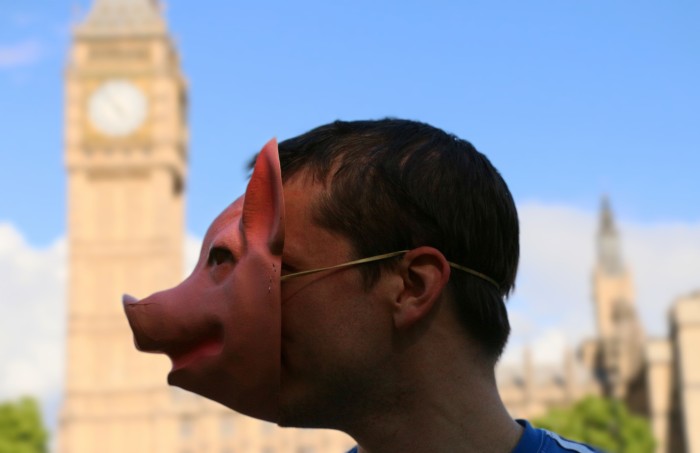 .
.
.
.
.
.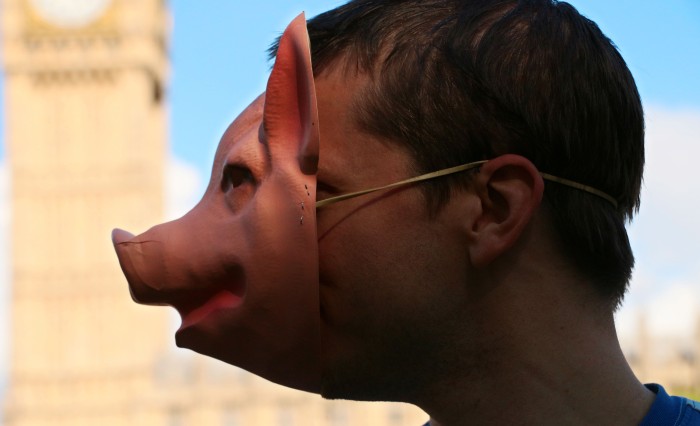
.
.
.
.
.